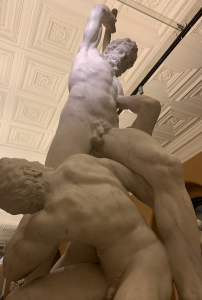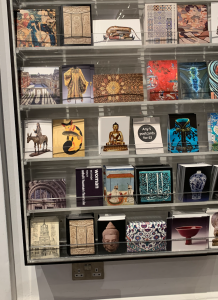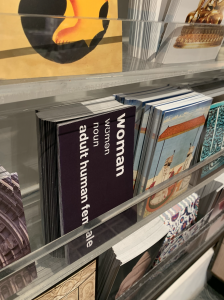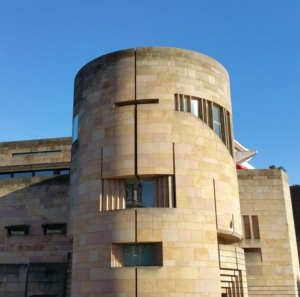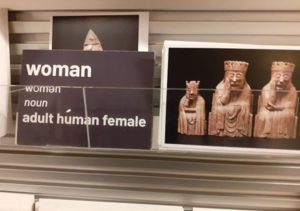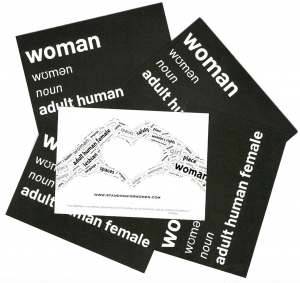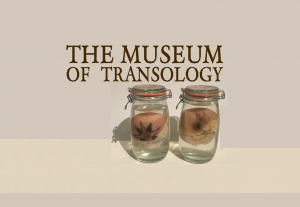

Museum of Transology, Brighton (2018)
Yes, Virginia, there really is a Museum of Transology. I started writing this piece back in October 2018, and it lurked, half-finished, in the ‘drafts’ section of my blog for eighteen months. Unable to roam, as are we all during the Great Lockdown of 2020, I rediscovered it in an idle moment. I have dusted it off and finished it off- which was going to take ten minutes but of course took half the night and part of the next day- and now I present to you, dear reader, the details of my 2018 visit to the Museum of Transology.
…………………………………
Down in the gardens of the glorious Brighton Pavillion lies the Brighton Museum. Free to residents of Brighton and Hove, the museum, part of the Pavillion Estate, charges out-of-towners a modest £5.20 for admission and houses ‘one of the most important and eclectic collections outside national instititutions’.
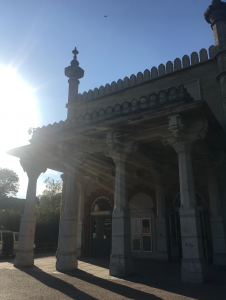
Brighton Museum
The building, completed in 1805, was originally built for George IV (then Prince of Wales). In 1850, the town of Brighton purchased the museum from the government and hosted the first of a series of art exhibitions. In 2002 the building underwent a ten million pound facelift. It now sports a modern gift shop and until recently one of the most quirky exhibits was a pair of George’s green woolen breeches.
But no more. From 2017 (edit: the exhibition closed in January 2020) Brighton Museum has been home to an exhibition which refers to itself, in a somewhat grandiose manner, as ‘The Museum of Transology’.
“I don’t live here,” I told the man on the front desk, willing to pay my fiver, “but I’d like to visit the Museum of Transology please.”
“Don’t you worry about that,” he waved my proffered offering aside, “Up the stairs; on your left.”
 “Can I take photos in there?”
“Can I take photos in there?”
“Take as many as you like!”
He smiled reassuringly and returned to arranging leaflets.
Up the stairs I went. Alice into the rabbit hole. The Museum of Transology is reached by passing through the Performance Gallery, which seemed entirely appropriate.
The Museum of Transology
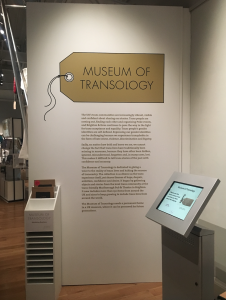
The collection ‘began with donations from Brighton’s vibrant trans community’ to become ‘the largest collection representing trans people in the UK – if not the world.’
Content ‘may be graphic,’ the website had warned. ‘Please be aware that some objects are of a sensitive nature, including human tissue.’
The display claims to ‘challenge the idea that gender is fixed, binary and biologically determined by exploring how the objects reflect the participants’ self-determined gender journeys.’
Which is a weird sort of challenge TBH, because I’ve never heard anybody claim that gender is fixed, binary or biologically determined. Most feminists and free-thinkers would claim the opposite.
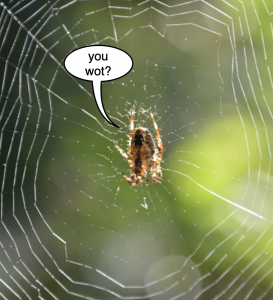
Sex is fixed and binary- and intersex people don’t disprove that anymore than someone being born blind disproves that we are a sighted species- but gender is vague and ethereal, a web of stereotypes woven on a loom of social and cultural construct.
Of course there are hormonal differences between men and women: testosterone makes boys generally more rowdy than girls, girls are generally more emotionally finely tuned than boys, but it’s the word ‘generally’ that’s vitally important here and until recently, it seemed as if we were finally getting to grips with that.
Society seemed to be moving away from the idea that there was a right or wrong way to be a boy or a girl and accepting that not all boys are strong and sporty, not all girls are delicate and nurturing. Not all of us are born in bodies that suit the cultural stereotypes pushed on us, and that was starting to be seen as perfectly acceptable. The path we seemed to be moving down was telling kids that was just fine. Just be yourself.
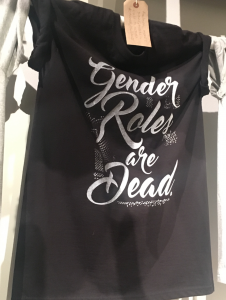
This T-shirt was part of the exhibition, seemingly without irony.
Try for one moment to reflect objectively on the absurd superficiality of a culture where ‘being yourself’ involves pretending you’re something you’re not; even using medications and surgeries to turn the physical you into something you weren’t in the first place and can never be, and then demanding that those around you call it authentic.
Imagine that this culture told you that it was ‘celebrating diversity’ to conform in this way. Imagine if you lived in a culture where many people, especially the young, were starting to accept that this was what was meant by the concept of ‘being yourself’.
That’s where we are now, as head up the wooden staircases and we pass through the Performance Gallery and into the Museum of Transology, to be greeted by ceiling to floor glass cases, and a wall bearing the legend:
Just be you.
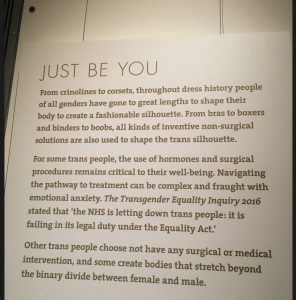
“From crinolines to corsets,” the visitor is informed, “throughout dress history people of all genders have gone to great lengths to shape their bodies to create a fashionable silhouette.”
This strange talk of ‘people of all genders’. What do they mean?
I think they have to mean personality.
After all, we all have a personality and it’s what defines and develops our likes and dislikes, our dreams and desires. But gender?
Do we really all have a gender identity?
I don’t think so. I know I don’t.
Further down the piece we are told hormones and surgical procedures are critical to the well being of some trans-identified people and that that the NHS is ‘letting down trans people and failing its legal duty under the Equality Act.’
Should trans-identified people get public funded surgery on demand? I’m baffled: there’s certainly nothing that says so in the Equality Act. However, the piece blithely rolls on to reassure the reader that other trans people choose not to have any intervention at all, and still others choose to ‘create bodies that stretch beyond the binary divide between female and male.’
Bodies that stretch beyond the binary divide between female and male.
What does this even mean?
In February 2014, Facebook rolled out 51 gender choices for users. A few months later this had become 71. Fuck only knows how many there are now. Who’s counting? The latest cry at protests is, I kid you not, ‘non-binary is valid’. Is that’s what’s meant by stretching ‘beyond the binary divide between female and male’?
Who is making this meaningless shit up and how did we ever get to the point where disagreeing with it is seen as an act of hatred?
I find it a little unlikely that the NHS is under a legal obligation to provide such bodies on demand, but suspending my disbelief I venture beyond ‘just be you’ and into the exhibition.
“This selection of objects represents milestones of their owner’s gender journeys.”
My head spinning, I look at the exhibits on my left.

 Body tape. lipstick.
Body tape. lipstick.
Lacy underwear.
I don’t read the label – I just know the word ‘panties’ will be written somewhere on it. Panties! The symbol of the pornified, infantilised and objectified female.
A long wig.
Some Victoria’s Secret ‘shaping inserts’.
A somewhat disconcertingly large plastic penis.
What is this all supposed to mean? “This was the first ‘boy’ product I bought” says one label. What the heck is a ‘boy product’? Products don’t have a sex.
A couple wander through the gallery with their Boden-clad daughter.
“Dear me, this really isn’t very appropriate for Melissa,” the man whispers to his wife, who absentmindedly steers Melissa, who is about eleven, away from the intimidating plastic penis.
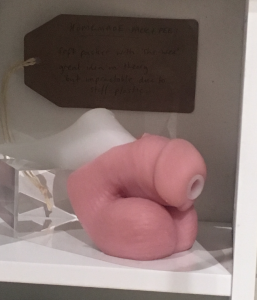 “Crikey daddy, look at this!” calls Melissa a few moments later.
“Crikey daddy, look at this!” calls Melissa a few moments later.
I suspect she has stumbled upon ‘soft packer with she-wee’, an exhibit bearing the explanation, “Great idea in theory but impractical due to hard plastic.”
Indeed. A little foresight would have suggested as much.
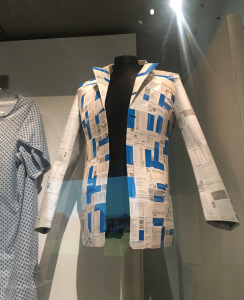
A medical gown, and a jacket fashioned from hormone prescription packets.
“Suited” is a life-size suit jacket made out of black card, collaged all over with the opened-out cartons from “Sustanon 250” (testosterone) injections, representing my personal usage for about 4 years.”
On the far right are hospital garments: juxtaposed with the fake breasts, the outsized penis and the silky underwear, the display overall has the vibe of some kind of creepy medicalised S&M kink show.
I’m sorry if that sounds harsh, it’s just what I felt. It’s feelings that are important, right?
It’s a sunny afternoon and there are probably half a dozen people in the gallery apart from us.
I see a teenage girl grab her friend’s arm and say, “I actually feel sick. I feel sick. I feel so sick… She really looks like a man now, but…”
On the other side of the ‘Just Be You’ wall I see the exhibit she is looking at.
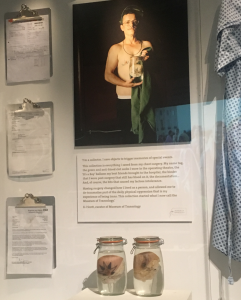
E J Scott, a self-described collector, underwent a double mastectomy and has saved various items to help “detraumatise part of the daily physical oppression that is my experience of being trans”. Scott is founder and curator of the Museum of Transology, and hosted the Alex Bertie book signing here which my daughter attended ‘undercover’ last year (2017) in the company of a score of unaccompanied teenage girls considering transition.

Scott’s severed breasts
At the bottom of the glass case, housed in pickle jars, are Scott’s severed breasts, and it is this which has caused the teenager both to exclaim that she felt sick, and to indulge in her innocent ‘misgendering’ of Scott.
I’m drawn to a stuffed toy Rainbow Bright. Smallest has exactly the same soft, plushie pony at the bottom of her bed. This one is accompanied by a tag reading, ‘Immersing myself in ‘My Little Pony’ is how I manage dysphoria”.
A pencil sharpener with a missing blade is accompanied by a tag reading “I take them out because of my gender and the thoughts people have about me.”
A carefully embroidered scrap of material reads “my gender and transness cannot be defined in a single image”.
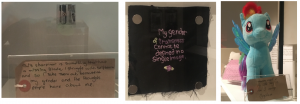
Exhibits from the Museum of Transology
The exhibition is intriguing, baffling and deeply disturbing because the overall message is one of confusion and desperation. The battle can never be won. It is not possible to change sex, only engage yourself in an endless masquerade which is almost entirely dependent on the complicity of others, and it seems obvious that those supplying the exhibits are painfully aware of this.

“Nice gender- did your mum pick it out for you?” sneers a T shirt hanging overhead.
“The Museum of Transology is dedicated to giving a voice to the reality of trans lives and halting the erasure of trancestry.”
Trans guys are ‘hot, hot, hot, hot, hot’ imparts a collage, but all I can think is that line from Hamlet: ‘The lady doth protest too much, methinks.’
I pick up a book and open it on a page that contains a glossary of made-up- sorry, recently coined- terms.
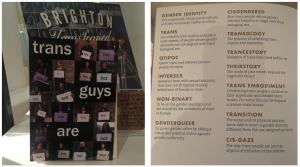
Cisgendered: non trans people whose gender identity happens to align with their biological sex.
Non-binary: to be on the gender spectrum and not bound by the constructs of male or female.
Theirstory: The study of past events beyond the cisgender binary.
Trancestory: Evidence of trans lives lived before us.
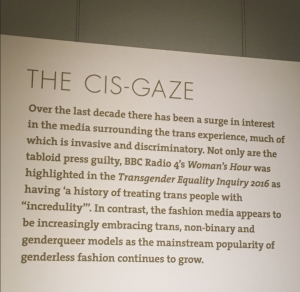 The phrase that really rattles my cage is ‘cis-gaze’ , with its blatant appropriation of the phrase ‘male gaze’. Emma writes an excellent article about the male gaze here, apart from her unfortunate use of the word ‘gender’ instead of sex. The conflation of the two is becoming more and more common. Middle-child’s Sociology and Psychology GCSE books all use the word gender instead of sex.
The phrase that really rattles my cage is ‘cis-gaze’ , with its blatant appropriation of the phrase ‘male gaze’. Emma writes an excellent article about the male gaze here, apart from her unfortunate use of the word ‘gender’ instead of sex. The conflation of the two is becoming more and more common. Middle-child’s Sociology and Psychology GCSE books all use the word gender instead of sex.
“I’m just going to use ‘gender’ in the exams,” she told me with a sigh. “I know it’s wrong but I’m worried they’ll penalise me if I use ‘sex’ instead.”
Back to the museum. Flipping through the catalogue I see pages and pages about binders. White binders, black binders, grey binders, underworks binders, long binders, short binders, first binders, worn binders, modified binders…
“It makes it more difficult for me to breathe and there’s times when it does nothing to silence my dysphoria but I’ve never loved an article of clothing more.”
“This binder hurt so much but I wore it all day every day… it didn’t just crush me, it crushed my soul.”
If you want to read about just a fraction of the health damage done by wearing a binder you could do worse than read my article ‘Bind Me‘.
“I started using duct tape to flatten out my breasts… eventually one time when I took my tape off I also took off a layer of skin.”
There will always be women who feel the need to bind or crush their breasts in some manner but in the current political climate trying to help them find other ways to deal with their dysphoria is not just discouraged, it’s classed as conversion therapy- even abuse.
I thought again of the teenage girls who attended the ‘Youth Day’ at the museum in 2017, hosted by Scott. If binding doesn’t work for them, those girls so desperate to be like Alex Bertie, what then? The pickle jar?
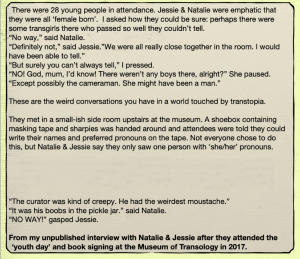
 And for smaller visitors to the museum? Or those who wish to educate their little ones outside of the binary?
And for smaller visitors to the museum? Or those who wish to educate their little ones outside of the binary?
If you can hurry your sproglets past the nightmare vision of the severed breasts, there is a copy of the children’s book “Are you a boy or are you a girl?” which tells the tale of Tiny, a child who likes to dress up, loves animals and pretends to be a fearless rescuer. This lack of conformity to the stereotypes of either sex makes it clear, of course, that Tiny is neither a boy, nor a girl, but non-binary. Of course! It all makes sense now.
Finally, as you leave the museum, there is a ‘gender tree’ and a pile of brown ‘leaves’. Visitors are encouraged to write their feelings about gender on a ‘leaf’ and hang it on the tree before leaving.
So I did.
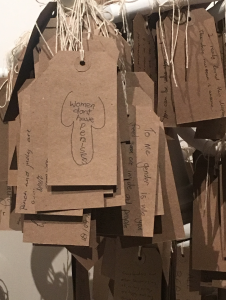

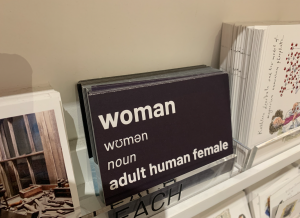
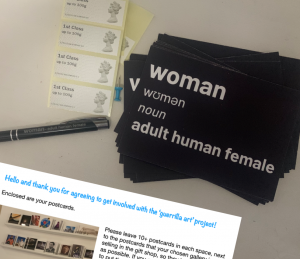
 Postcards were left in the gift shop at the Science Museum in South Kensington on at least 4 occasions during February and March, leaving some
Postcards were left in the gift shop at the Science Museum in South Kensington on at least 4 occasions during February and March, leaving some 

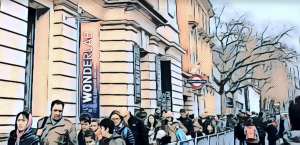
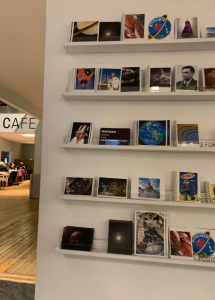


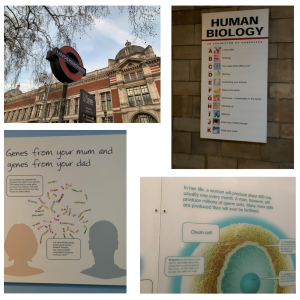


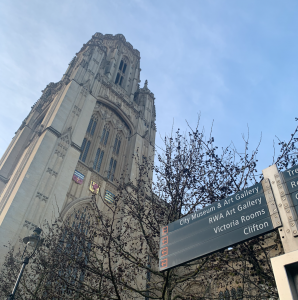
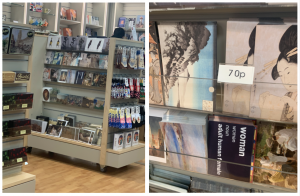


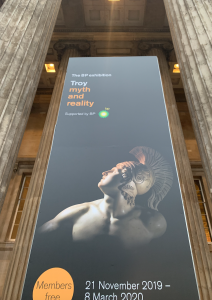
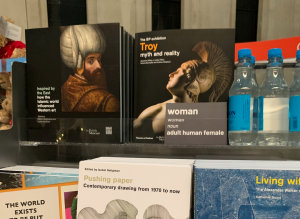

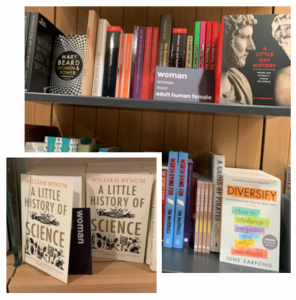


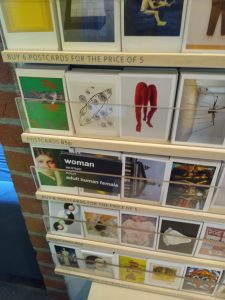

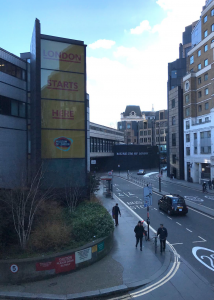
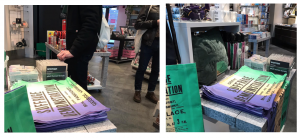


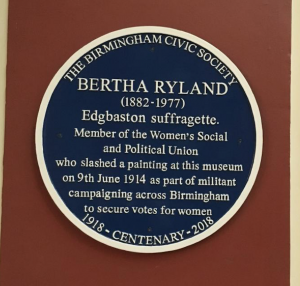 I’m usually enthralled by the pre-Raphaelite collection, or on my way to an exhibition or the Edwardian tea room, but in my fluster this day I noticed for the first time a blue plaque. It’
I’m usually enthralled by the pre-Raphaelite collection, or on my way to an exhibition or the Edwardian tea room, but in my fluster this day I noticed for the first time a blue plaque. It’
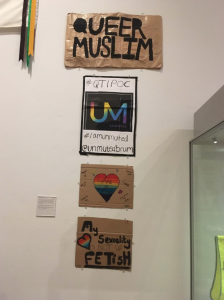 Then moving quickly round I came to a cardboard sign saying Queer Muslim, #QTIPOC, My sexuality is not your fetish – Hmm that got my attention- the word Queer makes me cringe but I must admit I agree with ‘my Sexuality is not your fetish’ -well said.
Then moving quickly round I came to a cardboard sign saying Queer Muslim, #QTIPOC, My sexuality is not your fetish – Hmm that got my attention- the word Queer makes me cringe but I must admit I agree with ‘my Sexuality is not your fetish’ -well said.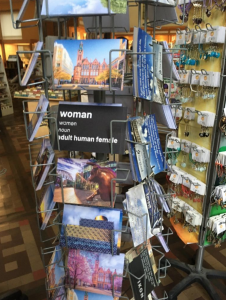

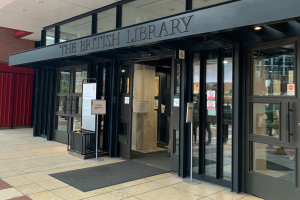
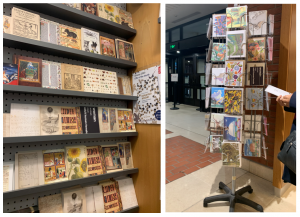

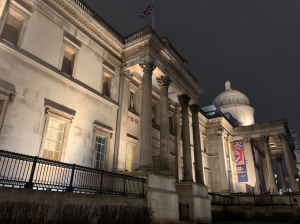
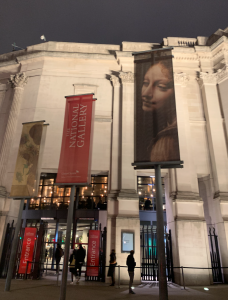
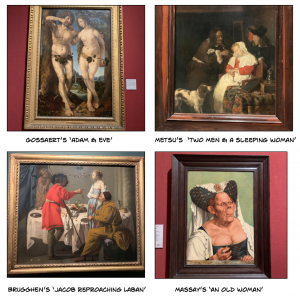
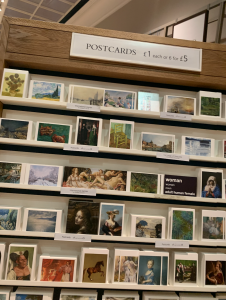

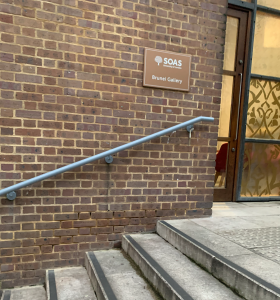
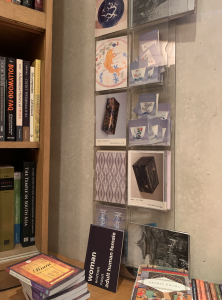

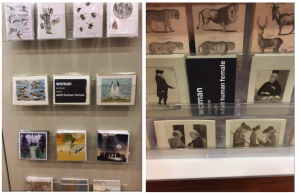



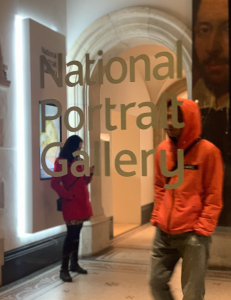
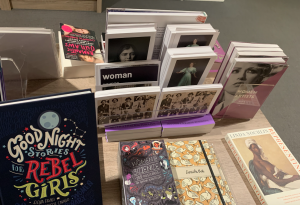

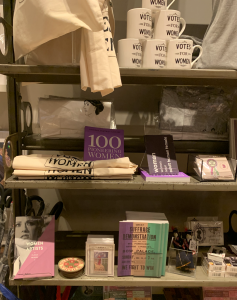


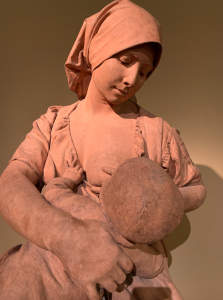 Confronted almost immediately with a breastfeeding person whom it was assumed was of the female gender.
Confronted almost immediately with a breastfeeding person whom it was assumed was of the female gender. I sobbed inwardly to think that these bodies, forced into life from cruel, hard stone will have been equally fixed to the gendered norms of their day.
I sobbed inwardly to think that these bodies, forced into life from cruel, hard stone will have been equally fixed to the gendered norms of their day.